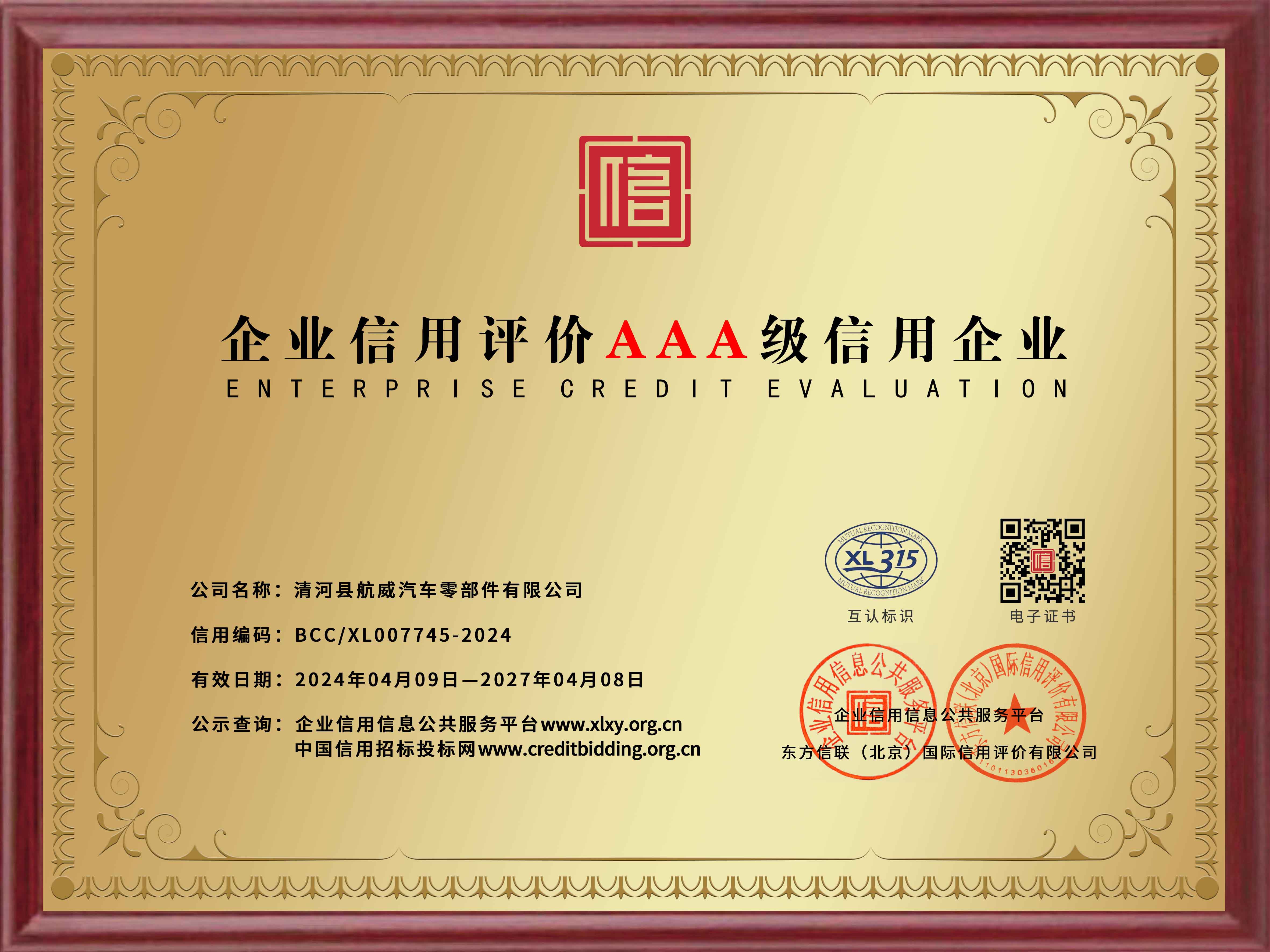Perfecting Your Throttle and Clutch Control for Smooth Driving Experience
Understanding Throttle and Clutch The Dynamics of Driving
Driving a vehicle is not just about turning the steering wheel and pushing the pedals; it involves a delicate interplay of various components, among which the throttle and clutch are crucial for effective vehicle control. Both elements play significant roles in managing engine power and transmission, influencing the overall driving experience.
Throttle Managing Power
The throttle controls the amount of air and fuel mixture that enters the engine, essentially determining the power output. In modern vehicles, this is often controlled electronically through a system known as drive-by-wire, where the throttle response is adjusted based on the driver's inputs, ensuring efficient power delivery across different driving conditions.
When a driver presses the accelerator pedal, the throttle opens, allowing more air and fuel into the engine, resulting in increased power output. This is crucial for various driving scenarios, such as when merging onto a highway or overtaking another vehicle. A proper understanding of throttle control enables drivers to maintain smooth acceleration and deceleration, preventing abrupt changes that can lead to loss of control or uncomfortable riding experiences for passengers.
Clutch Bridging Engine and Transmission
The clutch, on the other hand, is the component that connects and disconnects the engine from the wheels. It plays a pivotal role in vehicles with manual transmissions. When the clutch pedal is pressed, the connection between the engine and the transmission is broken, allowing the driver to change gears smoothly without stalling the engine.
throttle clutch

An understanding of clutch operation is essential for effective driving, especially in stop-and-go traffic or on inclines. Drivers must learn to coordinate the clutch with the throttle to prevent stalling. For instance, when starting from a stop, a driver must gradually release the clutch while simultaneously applying throttle to ensure a smooth start without jerking or stalling the vehicle.
The Balance Between Throttle and Clutch
Mastering the relationship between throttle and clutch is vital, particularly for new drivers learning to operate a manual transmission vehicle. The timing of these actions can greatly affect the performance of the vehicle and the comfort of its occupants. For instance, over-revving the engine by applying too much throttle while the clutch is still engaged can cause wear and tear on the vehicle’s components. Conversely, insufficient throttle application when disengaging the clutch can lead to stalling.
Moreover, in advanced driving techniques such as heel-and-toe downshifting, drivers must master the simultaneous manipulation of the throttle and clutch to maintain engine speed while shifting down through the gears. This technique enhances control during braking and cornering, making it a staple in motorsport and performance driving.
Conclusion
In conclusion, understanding the roles of throttle and clutch is fundamental to effective driving, especially in manual transmission vehicles. A driver’s ability to coordinate these elements not only affects vehicle performance but also enhances safety and comfort. As technology continues to evolve with automatic transmissions and advanced driver-assistance systems, the principles of throttle and clutch remain critical in the foundational knowledge of driving. Whether navigating through city streets or enjoying a winding country road, the harmony between throttle and clutch can transform the driving experience, making it both enjoyable and efficient.
-
Upgrade Your Vehicle with High-Quality Handbrake CablesNewsNov.01,2024
-
Optimize Your Bike's Performance with Quality CablesNewsNov.01,2024
-
Enhance Your Vehicle's Performance with Quality Clutch ComponentsNewsNov.01,2024
-
Elevate Your Vehicle's Performance with Quality Throttle CablesNewsNov.01,2024
-
Elevate Your Vehicle's Performance with Quality CablesNewsNov.01,2024
-
Affordable Solutions for Your Cable NeedsNewsNov.01,2024
